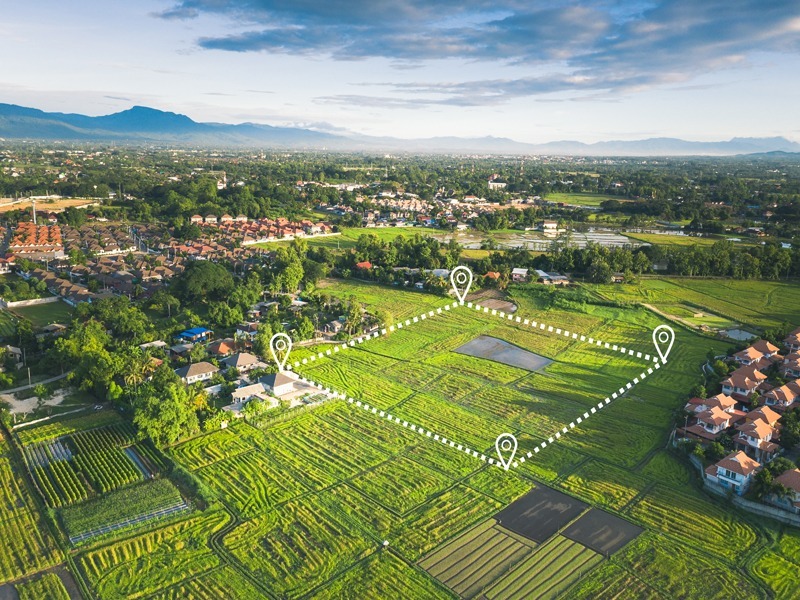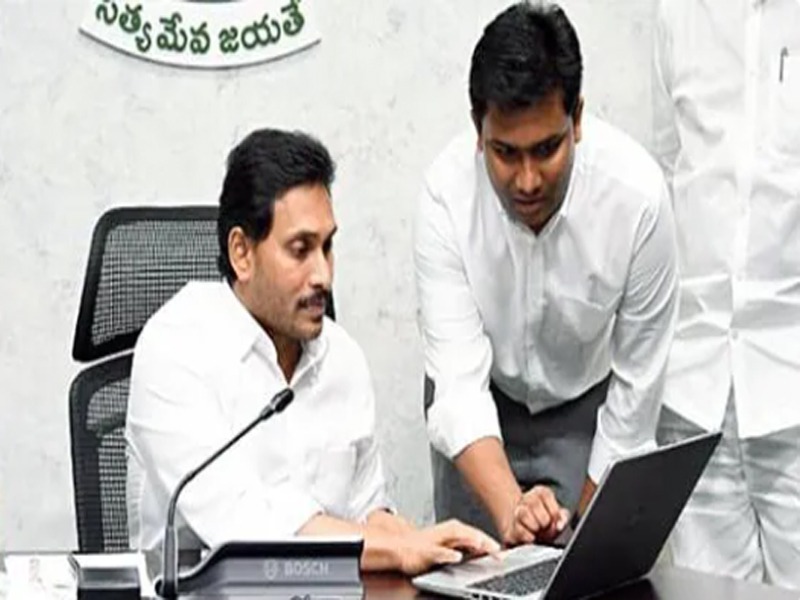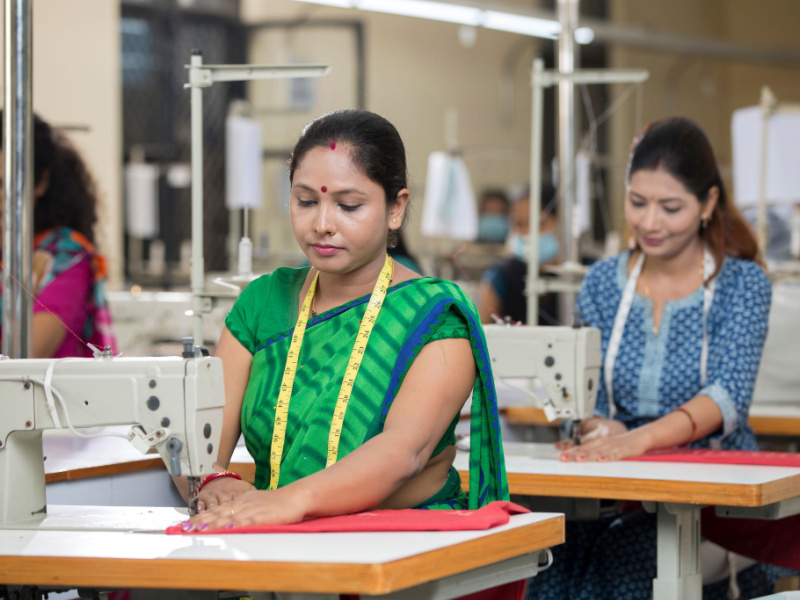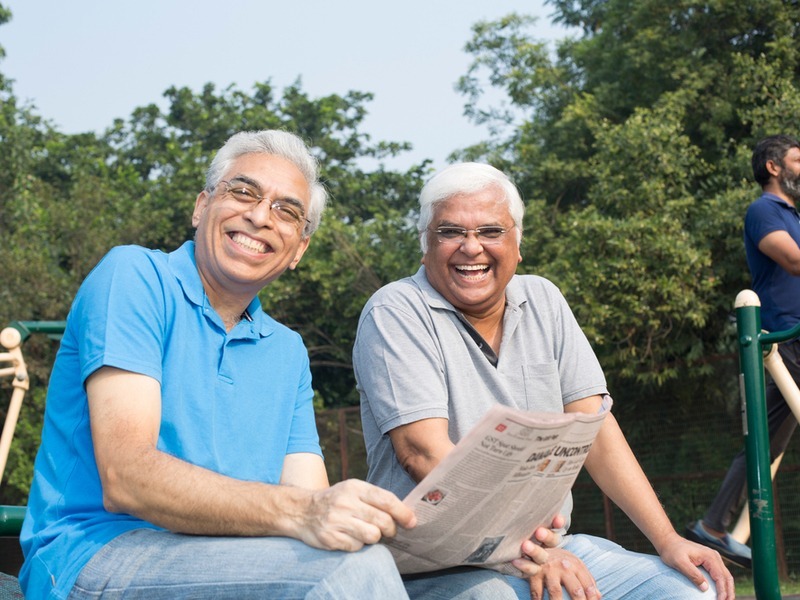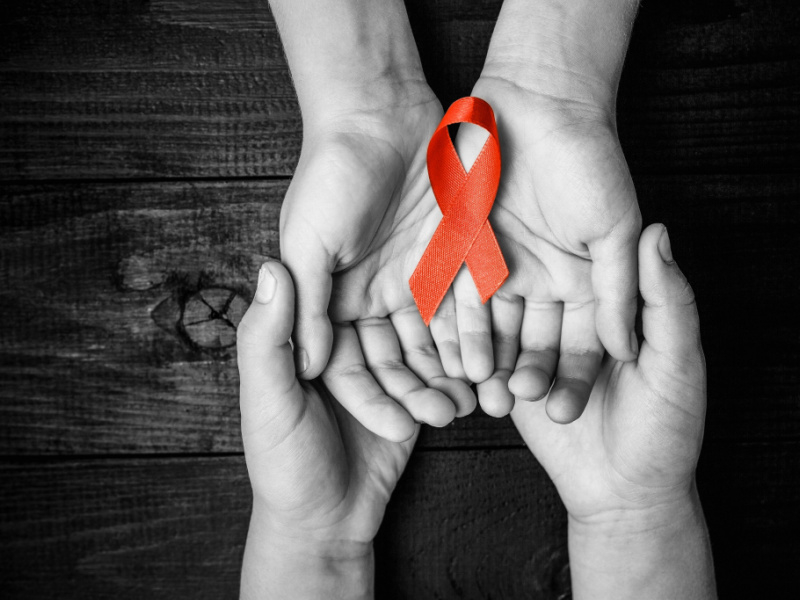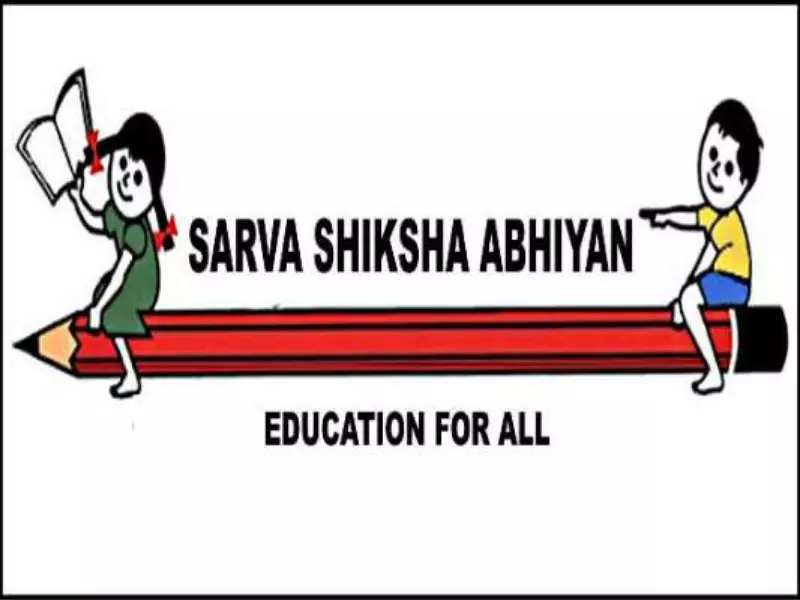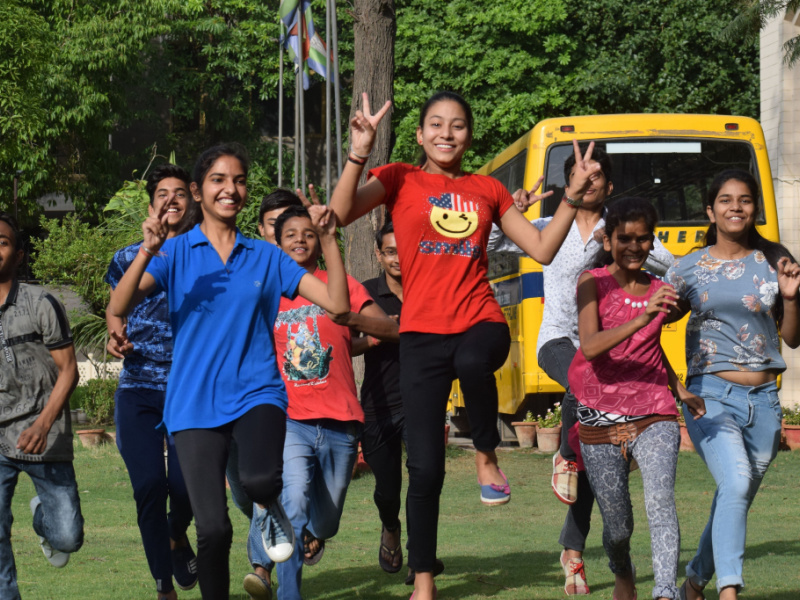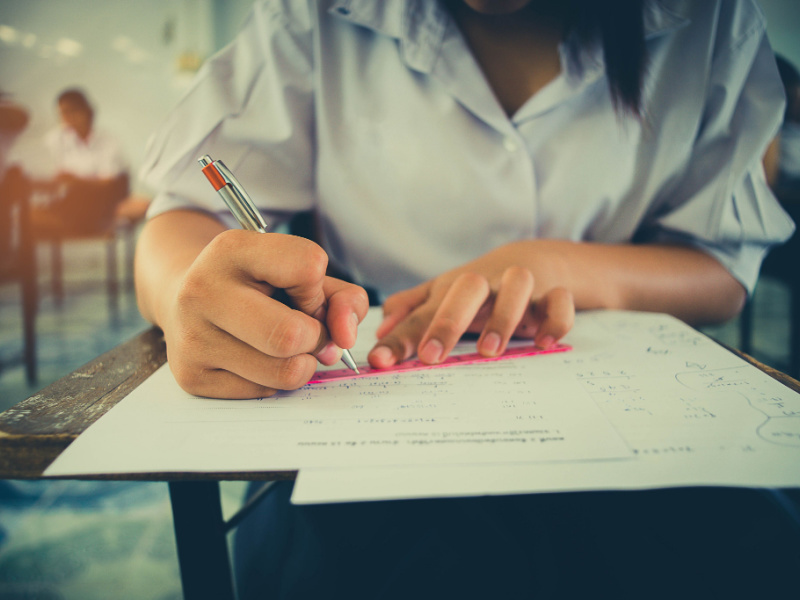
The Ministry of Human Resource Development launched the Rashtriya Avishkar Abhiyan (RAA) as a concurrent framework spanning School Education and Higher Education to encourage children to learn Science and Mathematics and develop their enthusiasm through activities related to Science and Mathematics. Through the Rashtriya Madhyamik Shiksha Abhiyan, one of the RAA’s actions is the development of school science and mathematics labs (RMSA). In addition, critical interventions such as Science Fair/Exhibition and Talent Search at the district level, mathematics and science kits to schools; student visits to higher education institutions; and student’s learning improvement have also been authorised under the RMSA.
In 2017-18, an investment of INR. 179.73 crore was approved under the RMSA for in-service teacher training, remedial instruction, the distribution of science and mathematics kits, science exhibitions, and other purposes.
In schools across India, the NITI Aayog’s Atal Tinkering Laboratories (ATLs) are established as part of the Atal Innovation Mission. This programme aims to encourage young minds to be curious, creative, and imaginative, as well as to instil abilities like design mentality, mathematical reasoning, adaptive learning, and physical computing. ATL has been established in 2441 schools around the country to date.
RAA’s Background
Science, technology, and innovation have risen to prominence as essential drivers of global development. With nearly universal access to school education and the expansion of university education and scientific organisations in both the public and private sectors, India wants to set a course for future innovations by empowering children to participate in exploration, discovery, and innovation to foster a climate of innovation among educators and pupils at the school level. The Kothari Commission (1964) stated that the classrooms and labs of schools, colleges, and universities define the country’s fate. India’s Curriculum Framework recognises the need to integrate information into life outside of the classroom, noting that learning occurs both inside and outside of the school and attempting to construct learning objectives beyond textbooks.
The Yashpal Committee report Learning Without Burden (1993) raised worry about the esotericisation of science and the inclination ingrained in syllabi and textbooks to expedite children’s mathematics skills by promoting mechanical rules over comprehension.
Aim
While the RAA emphasises the importance of schools and classroom activities, it also intends to maximise the capacity for science, mathematics, and technology learning outside of the classroom. This is because science, mathematics, and technology learning possibilities abound outside of the school.
As a result, the “Rashtriya Avishkar Abhiyan (RAA)” is intended to provide nurturing as well as nurturing support to, as well as a platform for, schools in a dual-track methodology to make Science, Mathematics, and Technology exciting to kids and inspire them to have a long-lasting enthusiasm in both within and without classroom activities.
Objectives
Engaging and motivating children in Science, Mathematics, and Technology (SMT) via observing, experiment, inferences drawing, model construction, rational reasoning, testability, and other methods.
In Science, Math, and Technology, to generate curiosity, excitement, and investigation among schoolchildren.
To foster inquiry-based learning in schools by cultivating a culture of wondering, creating, experimenting, and just doing.
To achieve development and learn in science and mathematics acceptable for the class.
Encourage and support schools in their efforts to become innovation incubators.
RAA’s major actions
Contributions to the educational system as a whole.
Science, Mathematics, and Technology Teacher Preparation: Pre-Service and In-Service Assessment Design for Students in Science and Mathematics
Teachers of Science, as well as Mathematics, are needed.
Strengthening science and mathematics labs in schools.
To improve Science and Mathematics transactions in schools, various teaching-learning tools and supplemental books/materials are provided.
Incorporation of technology into science and mathematics instruction.
Resources are being developed.
Increasing the effectiveness of teacher support organisations, including the utilisation of technology.
Teaching-learning is a successful classroom transaction.
(II) Efforts to promote science and mathematics using nontraditional methods Higher Education Institutions provide school mentorship for science and mathematics teachers.
Science, Mathematics, and Technology Teacher Circles Children’s Science/Mathematics Clubs
To encourage science learning, expand the scope of the Ministry of Science and Technology’s programmes.
Inter-school, state/national math and science competitions/olympiads, etc. involvement of students
Trips to science museums, science fairs, and mathematical melas are all planned.
Sensitisation of parents and the community.
Some recommendations for interventions
In-Service Capacity Building for Teachers
I Appoint Master Teachers among the State/top UT’s and brightest Science and Mathematics teachers to develop training plans and packages for Math and Science at the primary, upper primary, secondary, and senior secondary levels. Modules for teacher training to encourage the spirit of inquiry, discovery, group projects, including investigations, confirmation, & conceptual frameworks in a child’s day-to-day life.
(ii) Developing the capacity of Teacher Educators in SCERT, CTEs & IASEs, DIETS, and Block and Cluster Resource Centers in the development, modules, and delivery of In-Service Teacher Education in Science and Mathematics.
Increase the Ministry of Science and Technology’s and the National Council of Science Museums (NCSM) community programs for schoolchildren to include more schools around the country and encourage more youngsters to participate. According to authorised criteria, the MHRD, SSA, and RMSA schemes will expand the reach of DST and NCSM programmes to all government upper primary schools and all government and aided secondary schools.
The DST’s Early Attraction of Talents for Science (INSPIRE) programme, which involves identifying students in grades 6 through 10 who are between the ages of 10 and 15, for INSPIRE accolades to seed as well as feel the thrill of innovation with a one-time grant of Rs.5000, will be popularised across schools to encourage increased involvement from all schools.
INSPIRE Internship School camp for the top 1% of students in all school boards’ Class X examinations will also be promoted, with all secondary schools urged to participate and compete.
NCSM Innovation Hubs will play an active role in student learning and long-term support.
Students’ engagement in inter-school, state/national science, mathematics competitions/olympiads, and similar events.
Schools and students would be encouraged to engage in programmes and events that promote Math and Science rewards and incentives for children under the MHRD’s schemes. The objective would be to democratise these programs/events to assure better and broader engagement and involvement of instructors and children and a more extensive and comprehensive engagement of children in contests and rewards.
Organisational Structure
National Advisory Council (NSC)
A Steering Committee, co-chaired by the Secretaries of the Departments of School Education and Literacy and Higher Education, will be established at the national level to strive toward implementation of the RAA and to monitor, coordinate, and engage with all partners for Abhiyan activities.
Funding
The mentioned activities/components of the Rashtriya Avishkar Abhiyan will be funded through the Sarva Shiksha Abhiyan (SSA) as well as Rashtriya Madhyamik Shiksha Abhiyan (RMSA) strategies as well as social rules, as well as cooperative proposals with the Ministry of Science and Technology as well as Department of Higher Education institutions.














